|
Boloria euphrosyne / Pearl-bordered Fritillary
Flutura bordurargjendë
Nymphalidae - Heliconiinae
Boloria euphrosyne (Linnaeus, 1758). TL: Sweden.
 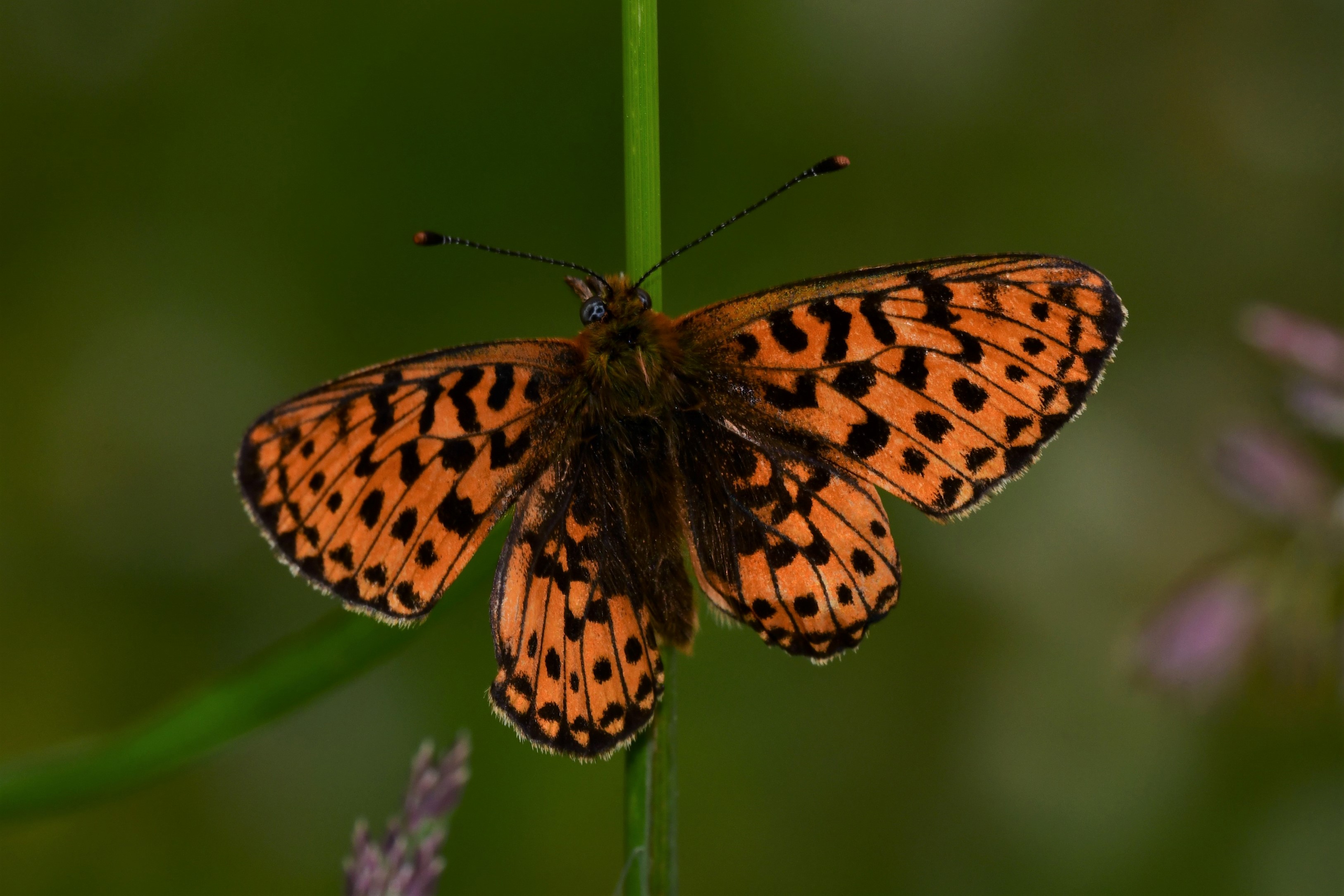 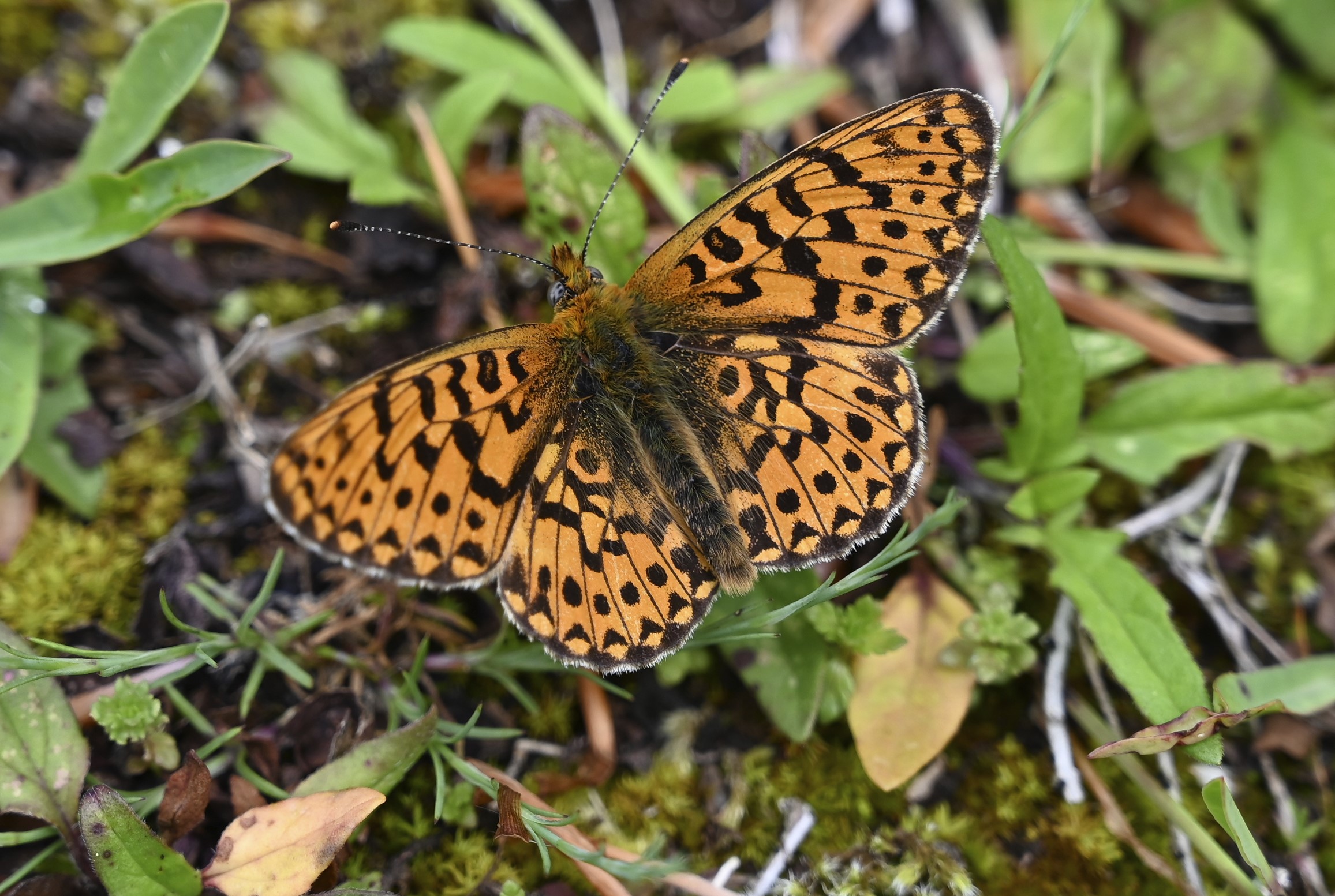 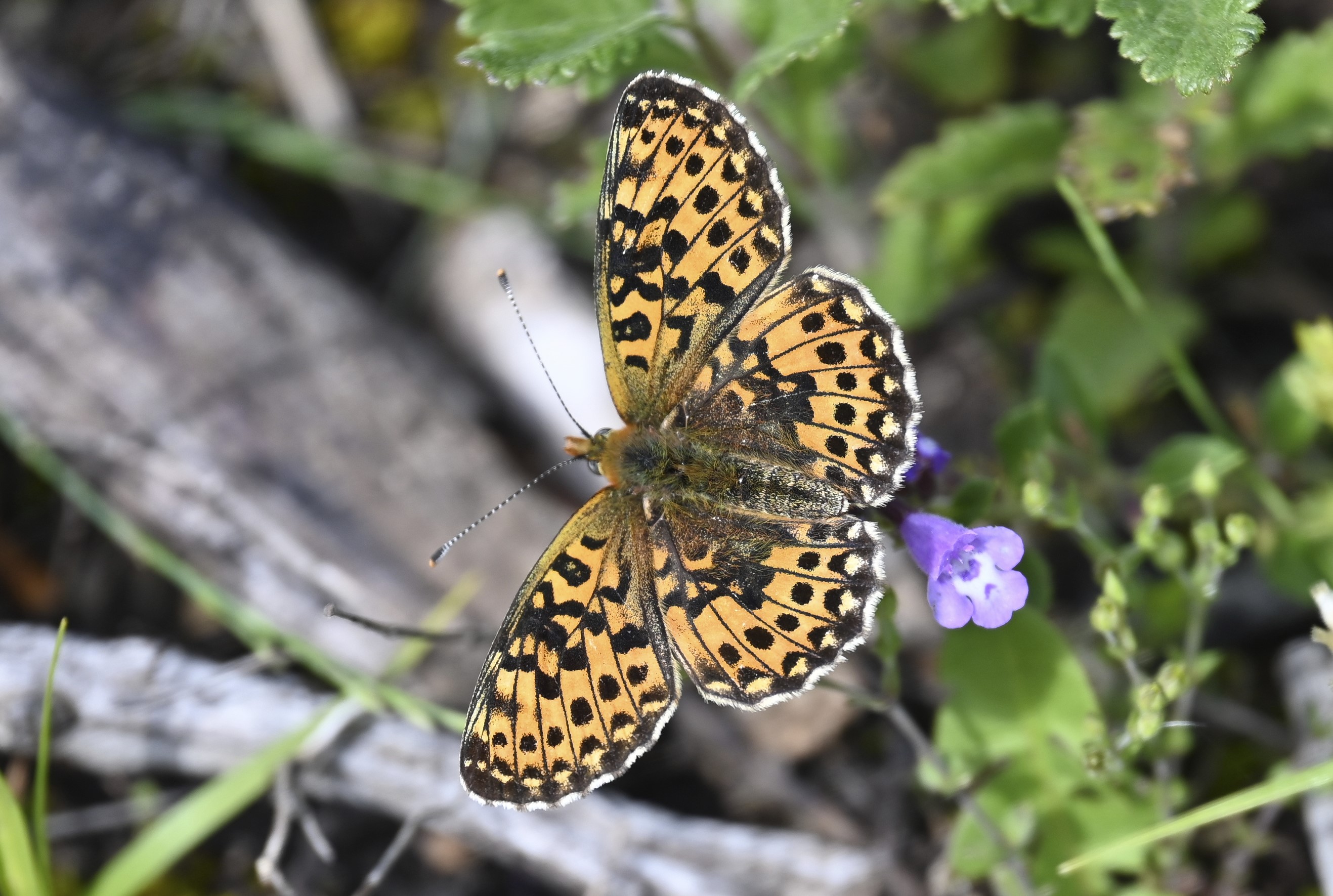
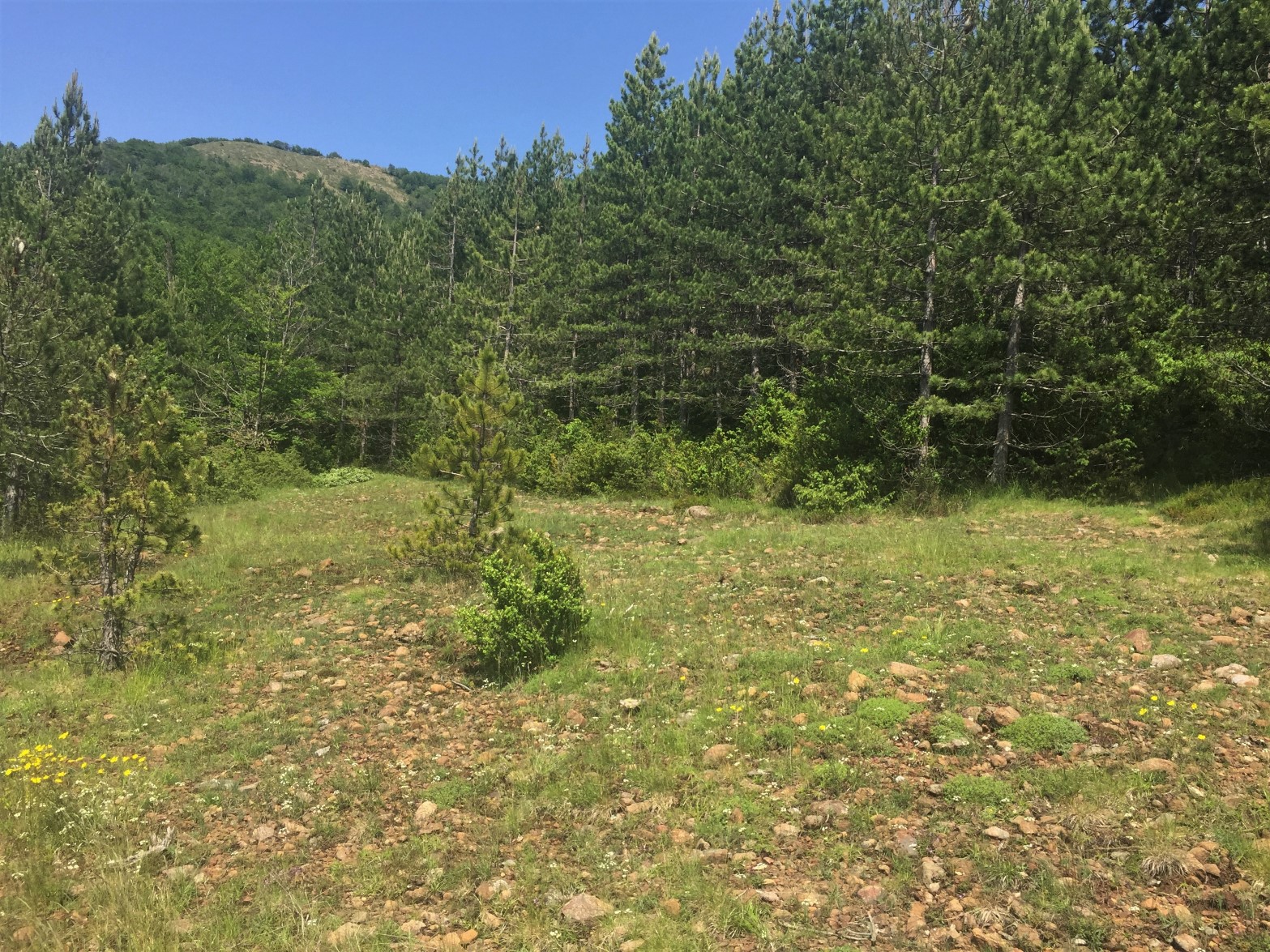 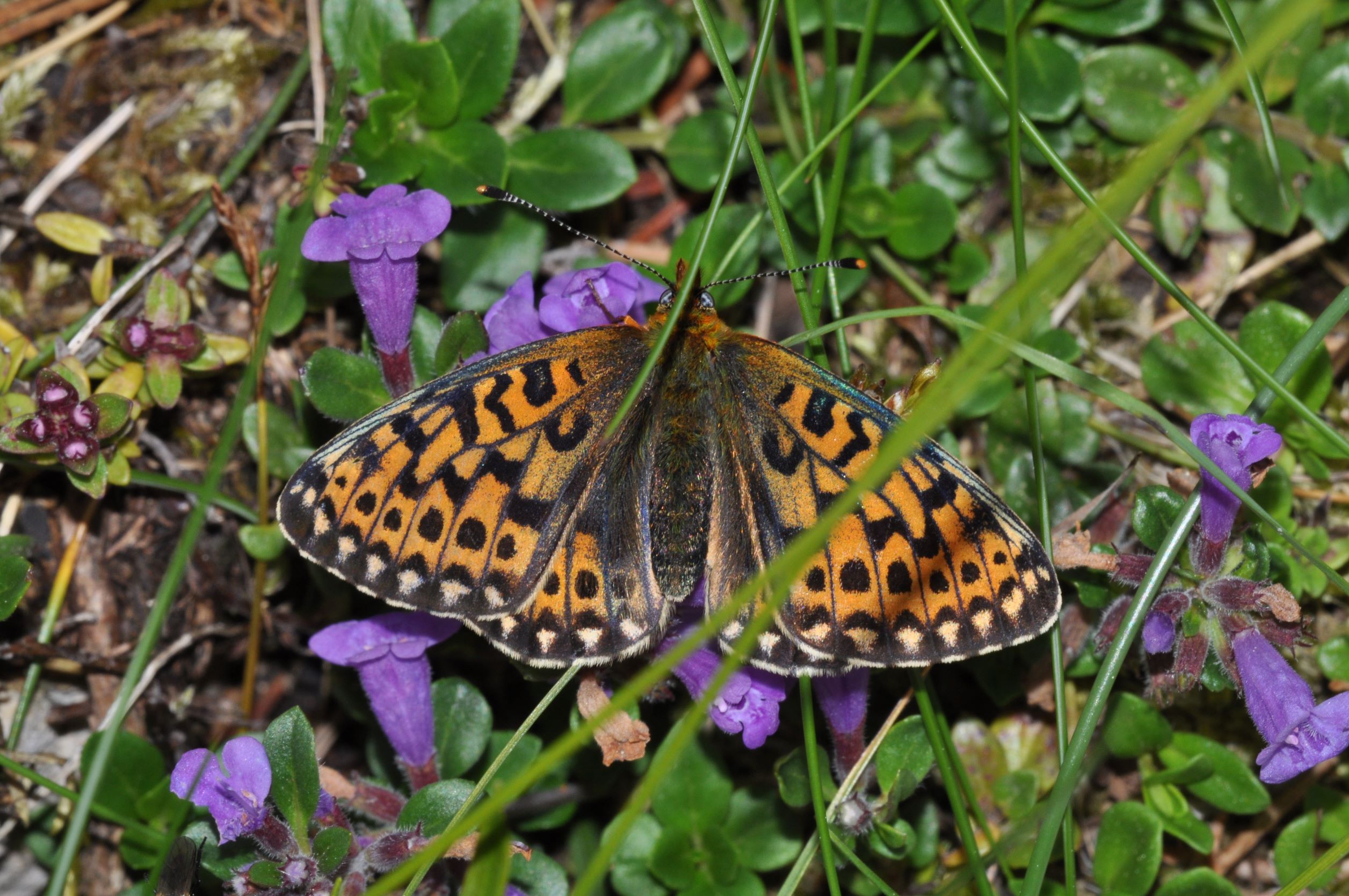
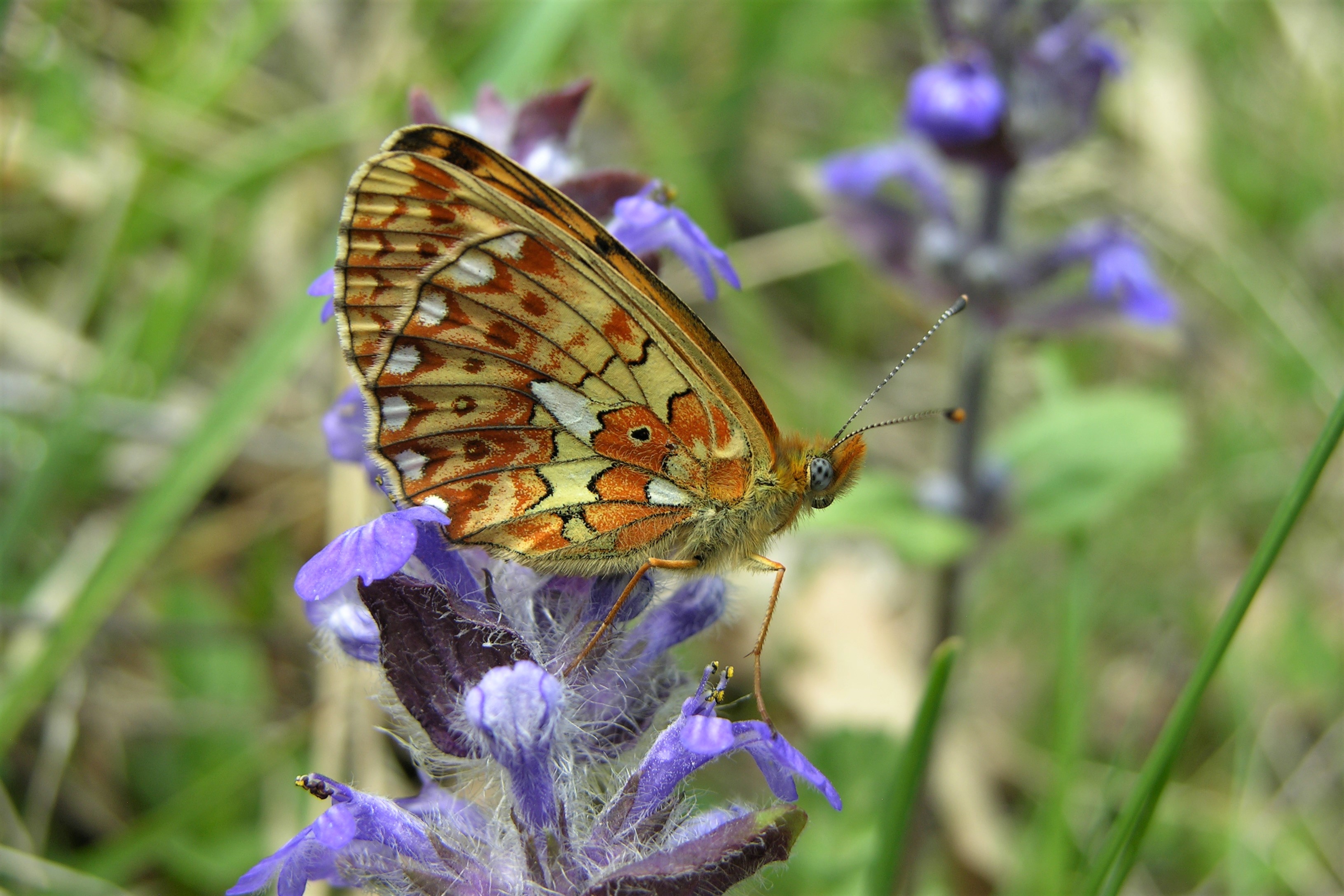 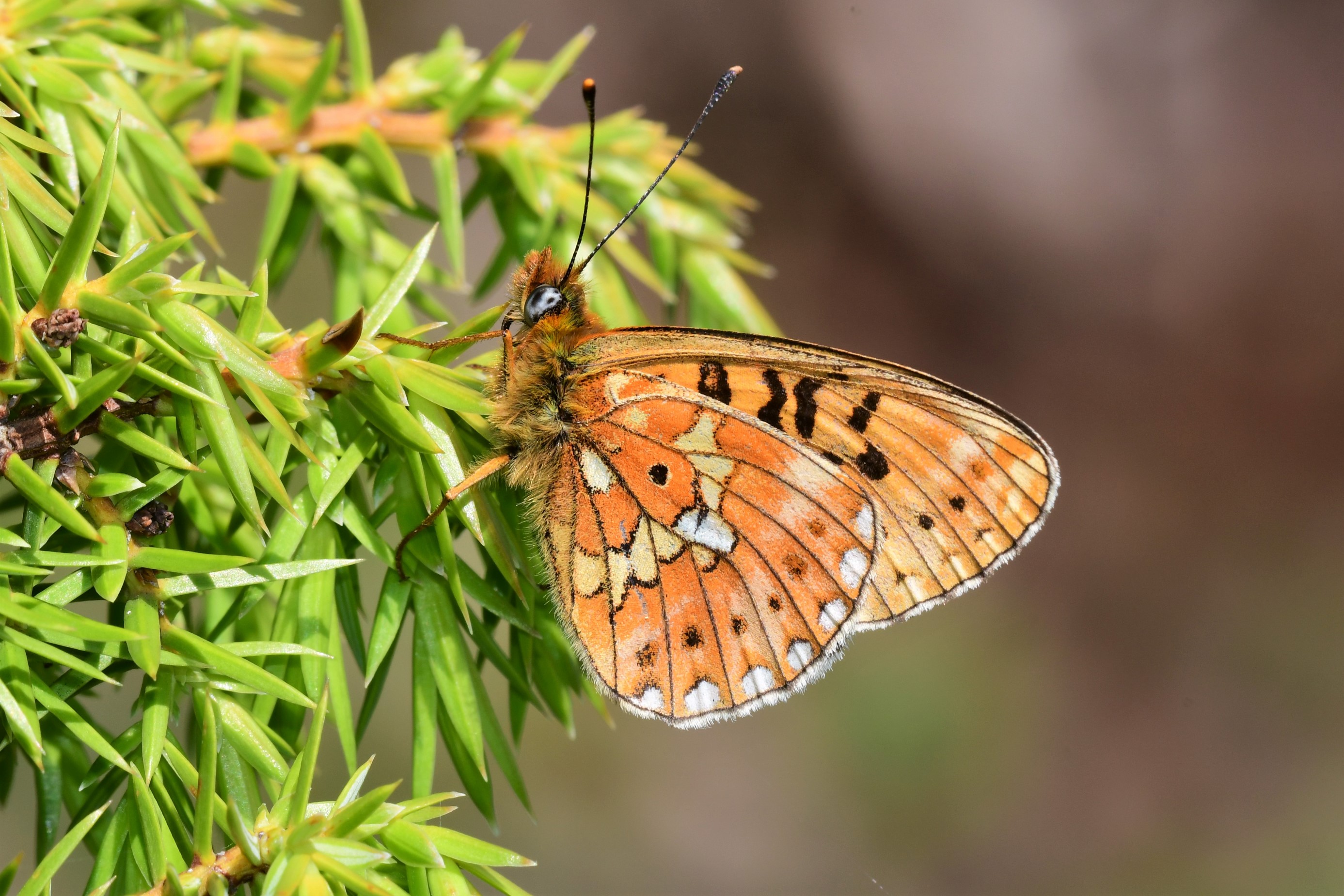
1a. Boloria euphrosyne, distribution map (09.i.2025).  Historical data ; Historical data ;  Additional data from the 2018 update ; Additional data from the 2018 update ;  New observations since the 2018 update. New observations since the 2018 update.
1b. Boloria euphrosyne ♂ upperside. Cerem, Albania (© Sylvain Cuvelier)
1c. Boloria euphrosyne ♂ upperside. Valbonë (© Jesper Rasmussen)
1d. Boloria euphrosyne ♂ upperside. Valbonë (© Jesper Rasmussen)
1e. Habitat Boloria euphrosyne. Librazdh-Qarrishtë, Albania (© Sylvain Cuvelier)
1f.
Boloria euphrosyne ♀ upperside. BIH (© Sylvain Cuvelier)
1g. Boloria euphrosyne ♀ underside. Biglla Dardhe, Albania (© Lulëzim Shuka)
1h. Boloria euphrosyne ♂ underside. Librazdh-Qarrishtë, Albania (© Sylvain Cuvelier)
Note
Important intraspecific genetic variation.
Description
♂♂
Medium size butterfly. Fw: 19-23 mm.
Ups: orange-fulvous gc, black veins, spots and postdiscal series of relatively small oval spots.
Uph: round black cell-spot, black veins and spots.
Unf: paler orange-foulvous gc.
Unh: orange-red gc including basal area of the cell, discal band yellow except bright silver s4, basal spot in s1c and marginal spots also conspicuous bright silver, small black and yellow ringed dot in the cell, series of small dark postdiscal ocelli.
♀♀
Slightly larger.
Ups: slightly darker suffusion, paler submarginal markings.
Similar species
Life cycle
Adults: one or two generations (depending on altitude) from April to August.
Egg: 11-15 days.
Caterpillar: overwintering as L4 larva in the litter layer.
Pupa: 9-21 days.
Habitat
Boloria euphrosyne inhabits flowery grasslands in open forests, forest edges and areas with scattered bushes and trees from 500 to 1900 m a.s.l.
Spatial requirement modest, population density can be high.
Foodplants
Caterpillars feed on Viola arvensis, V. canina, V. cenisia, V. eximia, V. hirta, V. lutea, V. odorata, V. reichenbachiana, V. riviniana and V. tricolor, also mentioned are Vaccinium uliginosum and Primula vulgaris.
Butterflies feed on a variety of flowers with a preference for yellow composites.
Distribution
Albania: widespread in the Nortern Albanian Alps, local in other mountain areas.
Balkan: AL - BG - BIH - GR - HR - NMK - MNE - RKS - RO - SLO - SRB
Europe: IB - IT - ALP - BAL - NWE - UK - SCA - EEU
Asia Minor, Near East, Transcaucasia, Caucasus and further east.
Conservation status
Boloria euphrosyne is not endangered.
Albanian Red List: NE.
IUCN Red List, category at the Mediterranean level: LC.
Useful links
Bink 2015
Pyrgus.de
Lepiforum
Euroleps
(url) Cuvelier S. 2023. Albania, a country with unexpected, intraspecific genetic variability in butterflies (Papilionoidea: Nymphalidae & Lycaenidae). Balancing on a tightrope between species, subspecies, ESU's and haplotypes. — Lépidoptères 32(82): 32-40.
|
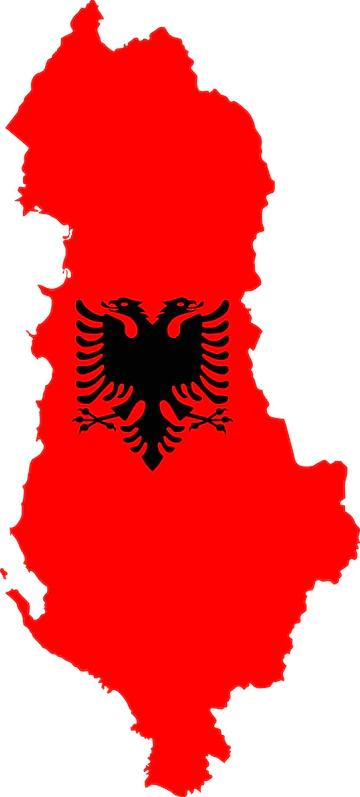 xx
xx 



 Historical data ;
Historical data ;  Additional data from the 2018 update ;
Additional data from the 2018 update ;  New observations since the 2018 update.
New observations since the 2018 update.